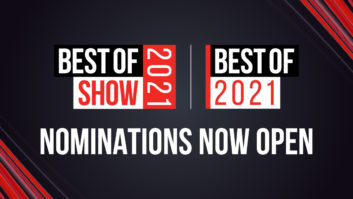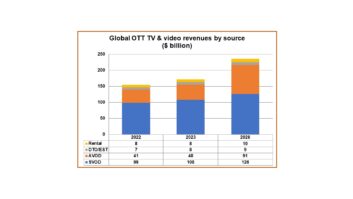Global sports operators are currently spending 15 per cent of their total budgets on OTT according to a new report from Deltatre, with the company predicting that by 2021 more than $6.8 billion (£5.2 billion) will be invested in the OTT tech stack in North America alone.
In their report Where the money is going: The future of sports entertainment, Deltatre also states:
1) For two-thirds of consumers, $39 (£30) per month has become the cut-off point for sports content spend – with the remaining third prepared to pay more. With viewing habits changing across the media landscape, this has led global sports operators to increase their tech investment to better serve and monetise fans of all ages and preferences.
2) Investing in new functionality to maximise fan engagement through OTT services results in a 24 per cent uplift in subscriber acquisition.
3) IP-delivered services from leagues, federations, and operators are the future gateway for sports consumption – with ‘OTT 2.0’ expected to emerge by 2021. Insights from senior sports executives suggest the ‘freemium’ model or ‘family packages’ will become essential for bringing new consumers into the ecosystem and converting them to fully paid-up subscribers thereafter.
4) Demand for content has evolved beyond the living room with 39 per cent of consumers watching four or more hours of sports programming on mobile per week and a third of consumers citing 5G as a technology expected to have the most significant impact on sports content consumption.
“The sports OTT KPIs have changed. It’s no longer just about streaming the match,” said Giampiero Rinaudo, CEO Deltatre. “Encouraging viewers to come back day after day is the gold standard, even when there’s not a live match taking place. That means maximising engagement on the shoulders of the game itself. Tailoring video and editorial content to different types of fans and reconfiguring the UI and UX based on time of day, user insights, or the latest developments in the sports world that week is how brands can create a better ecosystem around a sport.”






